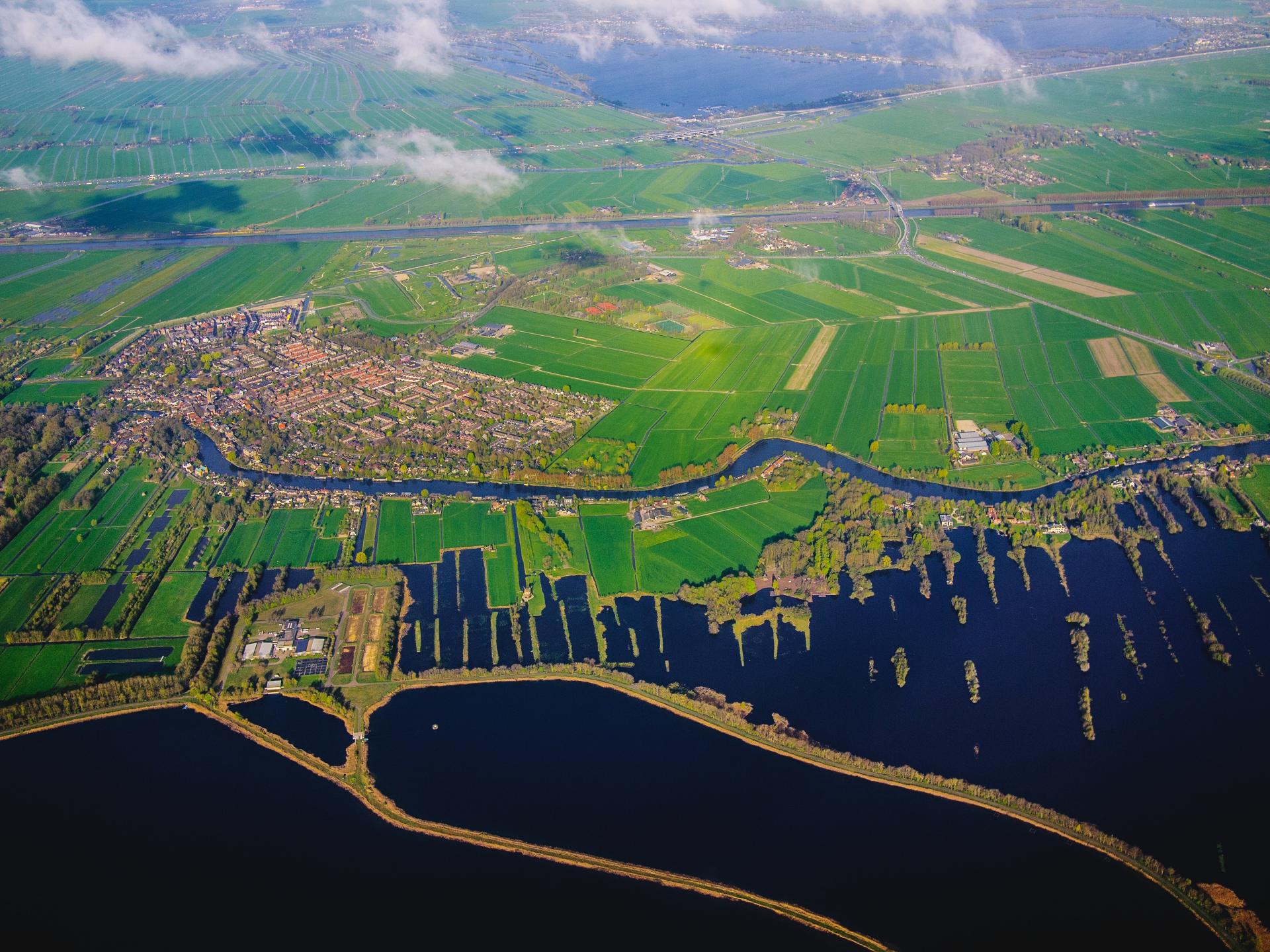You are here
Be a Better Gardener: Going Dutch? A Look at a Very Different Relationship with Nature
Be a Better Gardener: Going Dutch? A Look at a Very Different Relationship with Nature
By Thomas Christopher
When American gardeners like me look abroad for inspiration, we typically turn to England. Recently, though, I was put in touch with a very different scene by garden design transplant, Carrie Preston. Twenty-some years ago, as a newly minted graduate of Delaware Valley College with a degree in Horticulture and Sustainable Agriculture, Carrie’s wandering feet took her around the world and eventually to the Netherlands, the heart of the European nursery industry. What she discovered there was far more than fields of daffodils and tulips. She found a vibrant and progressive garden design tradition that was actively exploring new ways to connect people with nature. Carrie settled in to learn, and she spent the next two decades in the Netherlands, eventually starting what became an influential and popular garden design firm of her own, Studio Toop.
Foundational to contemporary Dutch garden design is the heritage of the Bauhaus, a German architectural school of the early twentieth century. Its bold, simple, and functional style was brought back to the Netherlands by Mien Ruys, a pioneering female landscape architect who was a central figure in Dutch garden design from the 1920s until her death in 1999. Ruys’ innovation was to marry a Bauhaus layout with a lush, naturalistic planting. Her display of 30 model gardens, Tuinen Mien Ruys in Dedemsvaart, remains a place of pilgrimage.
A key to understanding contemporary Dutch garden design is the fact that, according to Carrie Preston, the Netherlands is the most densely populated nation in the world after Bangladesh. Accordingly, gardens are very compact; Carrie Preston says that the average Dutch garden extends over just 60 square meters, less than 700 square feet. In such a setting, nature becomes very precious.
What defines nature, though, is different than in the United States. Carrie reminded me of an old saying, that “God made the world, but the Dutch made Holland.” That is, most of the present-day Netherlands is land reclaimed from the sea or marshes. Added to that is that even what was originally dry land has been shaped by millennia of grazing and cultivation. There are not the wilderness remnants characteristic of the United States. Nor is there anything like our aspiration to restore ecosystems to the state they enjoyed before human intervention. Add to that, Carrie said, the fact that summers in the Netherlands have recently been much hotter and drier.
She and her Dutch peers, Carrie noted, are enthusiastic about planting species native to the region, to bolster populations of insects and birds. However, they are not averse to including non-native plants that serve the human need for beauty or practical purposes if they are compatible with the site and with ecological functioning. As the climate has changed, Dutch designers are also drawing on plants from warmer, more arid regions, which are likely to grow better in the future.
The Dutch relationship to nature is enthusiastic. Carrie spoke of a 22-square-mile tract of land that was set aside from land reclaimed in the 1950s and 1960s. A huge expanse for this land-poor country, this became a haven for a rich bird population. To keep the land open, grazing animals equivalent to the wild species that inhabited the Netherlands in ancient times were introduced. Wild ponies, red deer, and cattle roam free. Managing this landscape is still a work in progress, but it is significant in that it represents an attempt to create a functioning ecosystem in the midst of humanity and does support much self-introduced wildlife and biodiversity.
As the world grows increasingly urban, and climate change and human activities disturb even undeveloped lands, Carrie suggests, the Dutch model may have more relevance in many situations than our American longing for restored wilderness.
“This idea that you can create biodiversity, and that you can create nature, is very much a Dutch sensibility, and I think this is what the Dutch can offer the world as we move forward with climate change … as climate changes quickly and we have to adapt, we need to garden.”
Meanwhile Carrie is, after 24 years in the Netherlands, relocating to the Pyrenees, the mountain range that straddles the French and Spanish border. She wants space for a garden of her own, and also to apply her skills to larger tracts, but still with an emphasis on human and natural integration through thoughtful, strategic management.
To listen to more about Dutch gardens with Carrie Preston, log onto the “Growing Greener” podcast at berkshirebotanical.org.
Be-a-Better-Gardener is a community service of Berkshire Botanical Garden, located in Stockbridge, Mass. Its mission, to provide knowledge of gardening and the environment through a diverse range of classes and programs, informs and inspires thousands of students and visitors each year. Thomas Christopher is a volunteer at Berkshire Botanical Garden and is the author or co-author of more than a dozen books, including Nature into Art and The Gardens of Wave Hill (Timber Press, 2019). He is the 2021 Garden Club of America's National Medalist for Literature, a distinction reserved to recognize those who have left a profound and lasting impact on issues that are most important to the GCA. Christopher’s companion broadcast to this column, Growing Greener, streams on WESUFM.org, Pacifica Radio and NPR and is available at berkshirebotanical.org/growinggreener.
Help Our Garden Grow!
Your donation helps us to educate and inspire visitors of all ages on the art and science of gardening and the preservation of our environment.
All donations are 100 percent tax deductible.


